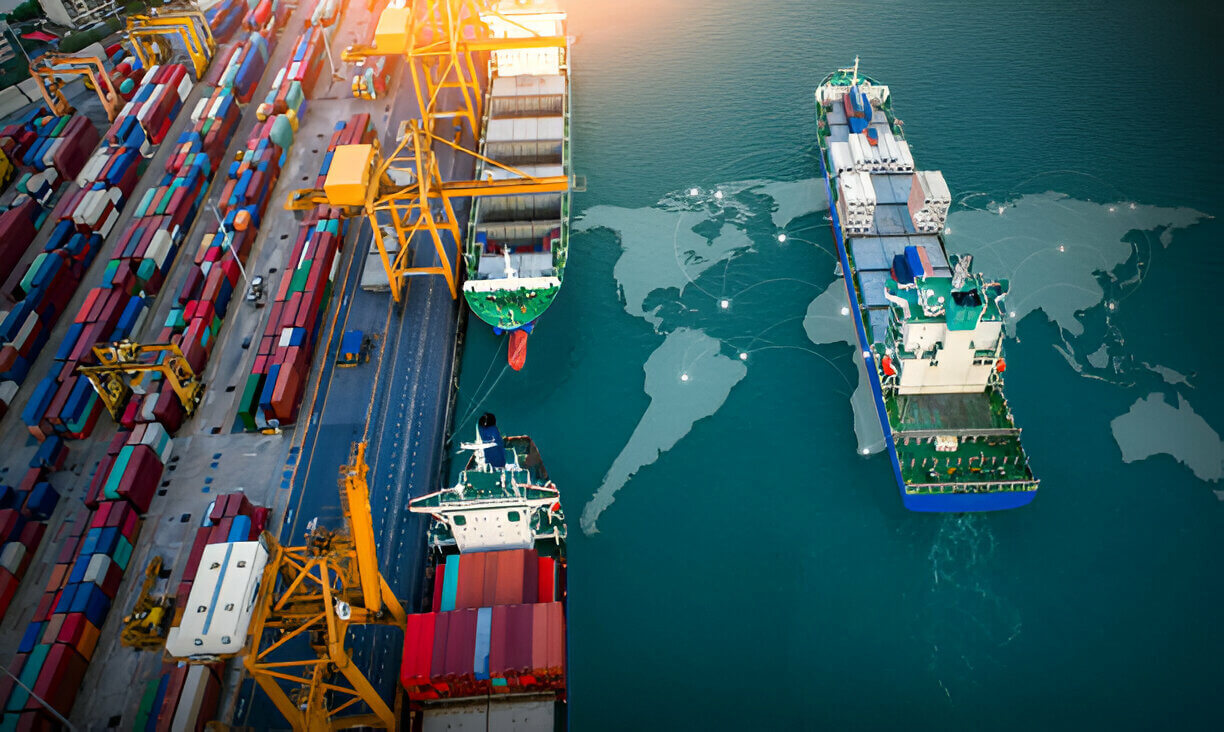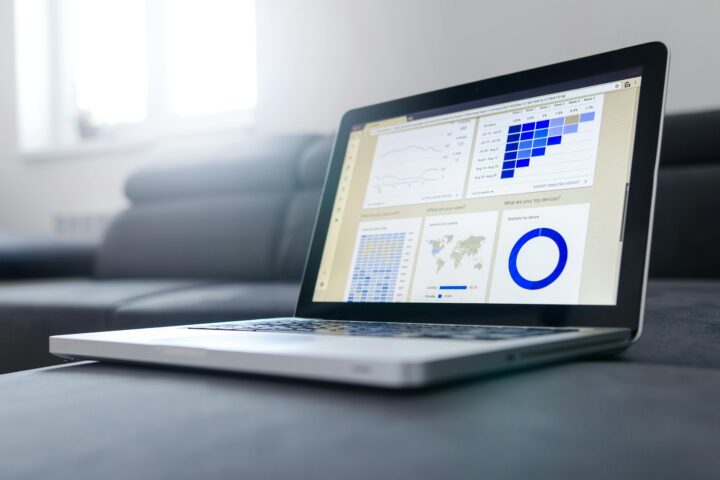In the dynamic Southeast Asian landscape, Vietnam and Indonesia are the two prominent regions maintaining thriving and ever-expanding trade relationships. These neighboring countries are members of the Association of Southeast Asian Nations (ASEAN). This gives them the advantage of achieving remarkable commercial success through regional collaborations and complementary capabilities.
In this article, we will discuss the role of ASEAN, and explore some statistics showing the trade relationships between the countries. Moreover, we will discuss the factors that drive this unique alliance and look at how using professional Vietnamese and Indonesian translation services improves communication and strengthens trade relationships.
So, let’s explore these elements and figure out how they shed light on the bright future that lies ahead for Vietnam and Indonesia’s trade partnership.
Neighboring Nations
Nestled in Southeast Asia, Vietnam and Indonesia are neighboring countries. This close connectivity helps them maintain strong trade relations and their ongoing economic engagement.
This engagement has various inherent benefits for both countries. Vietnam is a huge manufacturer of textiles, electronics, and agricultural products like rice. Indonesia, on the other hand, is enriched with natural resources such as nickel, coal, and palm oil.
Sharing the land or sea border makes the transportation of goods cheaper and faster. This reduces the expenditure on air freight and longer sea routes.
Geographical proximity promotes cultural exchange and collaboration as well. The marketers better understand each other, as well as consumer preferences and local business practices.
As both countries belong to the same region, they share similar challenges and opportunities. However, collaboration on research and development projects helps them form joint ventures and capitalize on regional opportunities.
Association of Both Countries with ASEAN
Established in 1967, ASEAN promotes economic integration among member countries by breaking down trade barriers and reducing tariffs. This streamlines the flow of trade relations between Vietnam and Indonesia, making their goods and services more accessible and competitive in each other’s markets.
The membership of Vietnam and Indonesia makes their strategic partnership stronger. According to the ASEAN report, Indonesia is Vietnam’s 3rd biggest trade partner, and Vietnam is Indonesia’s 4th largest trade partner. The two-way trade between these two countries is projected to grow significantly.
To strengthen future cooperation plans, the political delegations of both countries decided to promote political trust through improved contacts. Other than that, the countries will also emphasize strengthening collaboration in other important spheres, such as maritime cooperation and national defense security.
Trade Relations Between Vietnam and Indonesia
For a better understanding and a look at the full strength of commercial connectivity, let’s take a look at some statistics showing the export results of each country.
Export Statistics of Vietnam to Indonesia (2023)
According to a report, Vietnam exported goods to Indonesia worth $5.07 billion in 2023. Rice, steel, and iron are the three biggest exports, along with other goods including machine equipment, instruments, and tools.
| Description | Value ($) |
| Rice | 640,253,131 |
| Steel and Iron | 483,485,063 |
| Other products | 563,043,546 |
| Machine equipment, instruments, and tools | 379,631,886 |
| Mobile phones, telephones, and parts | 368,215,341 |
| Textiles and garments | 364,317,047 |
| Means of transportation and parts | 326,087,202 |
| Leather and accessories | 306,405,935 |
| Plastics (raw material) | 285,247,328 |
| Chemicals | 148,065,794 |
| Plastic products | 121,481,366 |
| Coffee | 132,695,935 |
| Computers, electronics, spare parts, and accessories | 233,602,950 |
| Paper and paper products | 120,107,944 |
| Footwear | 99,542,473 |
| Yarn | 106,171,829 |
| Chemical products | 90,692,947 |
| Iron and steel products | 62,232,624 |
| Crude oil | 27,066,532 |
| Insulated wires and cables | 27,497,312 |
| Rubber | 25,240,162 |
| Rubber products | 23,433,155 |
| Fishery products | 17,455,200 |
| Sweets, pastrycooks, and cereal products | 22,860,401 |
| Tyre cord fabrics and other fabrics for technical | 21,636,956 |
| Ores and other minerals | 9,157,282 |
| Fruits and vegetables | 8,616,484 |
| Tea | 7,310,681 |
| Animal fodders | 7,381,608 |
| Ceramic products | 6,699,867 |
| Furniture of other materials | 2,221,664 |
| Coal | 2,118,544 |
| Petroleum | 1,450,644 |
| Clinker and cement | 1,296,750 |
| Other base metals and products | 29,013,503 |
| Total | 5,071,737,103 |
Factors That Promote Trade Relations Between Vietnam and Indonesia
Growing Economies
Both countries are experiencing economic booms that lead to a rise in disposable income. Vietnamese consumers like furniture made with Indonesian wood, while Indonesia’s population desires advanced technology and trending clothing made in Vietnam. However, the rising demand for goods and services on both sides promotes two-way trade and strengthens the economic relationship.
Government Initiatives
The governments of both countries play a crucial role in strengthening trade relations. The joint commissions are available to identify trade barriers and provide opportunities. To connect businesses and promote deal-making, regular business forums are available. Moreover, ASEAN trade agreements reduce tariffs and simplify the process, creating a smooth two-way operating environment.
Complementary Resources
Vietnam is a huge manufacturer of textiles, electronics, and agriculture, while Indonesia is full of natural resources. This combination creates a perfect fit. Both countries use their resources to manufacture fine products and rule the global world.
Cultural Understanding
Despite the strong economic ties, language can still pose a barrier. Professional Indonesian and Vietnamese translation services play a crucial role in ensuring smooth communications. They develop understanding and respect among people. Other than that, the cultural exchange programs and people-to-people connections bridge the gap between Vietnamese and Indonesian businesses. This connectivity leads to stronger partnerships, better communications, and smoother trade relations.
If we talk about the future of Vietnam and Indonesia’s trade relations, it is bright. Their economic strength, government initiatives, complementary economies, and cultural understanding make their bond stronger than ever.






